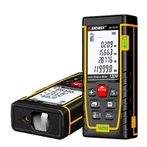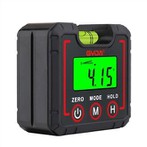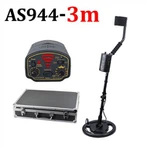The buzzer of the multimeter to measure the resistance is good or bad
When repairing electronic circuits, sometimes it is necessary to measure the on and off of the circuit, such as fuses, copper foil traces on the PCB, and the connection relationship between the chip and its peripheral components. This requires a multimeter to measure, especially when you are not familiar with In a highly integrated circuit board, it is very convenient to use a multimeter to measure the relationship between various components. There is a diode buzzer position on the digital multimeter, which is very helpful for measuring the continuity of the line.
Diode buzzer on multimeter
There is a gear on the digital multimeter called the diode buzzer gear, which can test the on-off of the diode, and this gear can test the display value when the diode is on-off. When we set the gear to the diode buzzing position, when the red test lead is in contact with the positive pole of the diode, and the black test lead is in contact with the negative pole of the diode, the multimeter should display the forward conduction voltage drop of the diode at this time. The value of should be 696, as shown in the figure below. The 696 number does not represent the resistance of the diode, it just means that the forward voltage drop of the measured diode is about 6.9V, and its material is silicon. If the germanium material diode is measured, the displayed value should be about 247, because the forward voltage drop of the germanium material diode is about 0.2V.
When the test leads are replaced and measured again, the word "1" should be displayed on the far left of the digital multimeter display, which means that the reverse resistance of the diode is infinite. When we measure whether the circuit is on or off, we often use the diode buzzer gear for convenience. When the resistance value between the two points is less than 90 ohms to 50 ohms, the buzzer will make a long sound, which means It means that the circuit is turned on. Generally, this gear is not used to measure the resistance of the resistor.
How to measure resistance on circuit board with multimeter
When measuring resistance with a multimeter, you must use the resistance file. When measuring, be careful not to measure the resistance when it is charged. If it is a pointer multimeter measurement, you need to perform ohm zero adjustment on the multimeter. When measuring the resistance on the circuit board, in order to avoid introducing the resistance value on other branches and causing large measurement errors, we always remove one end of the resistance and then measure it.










